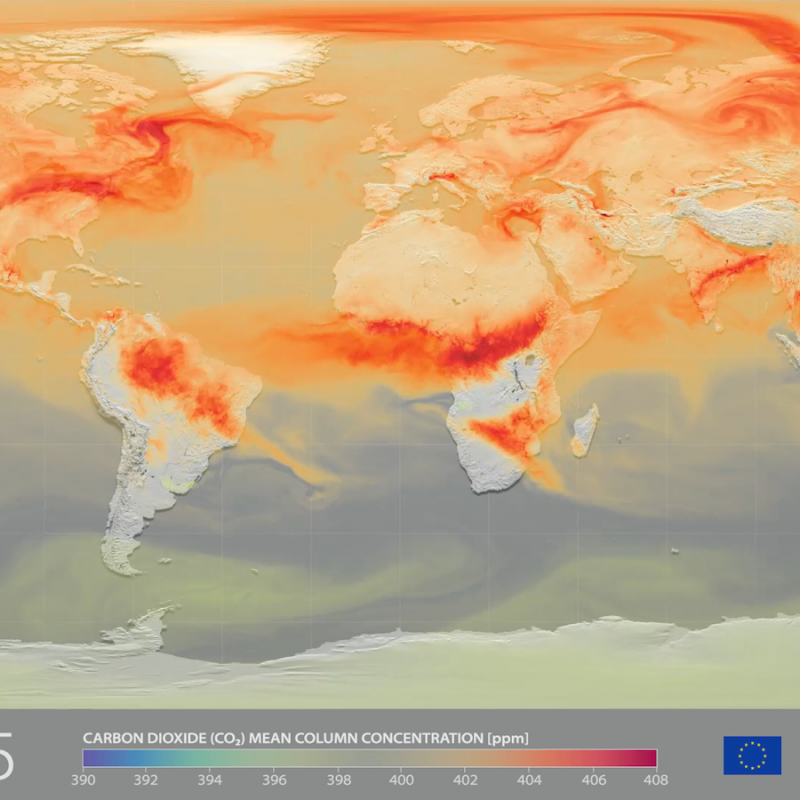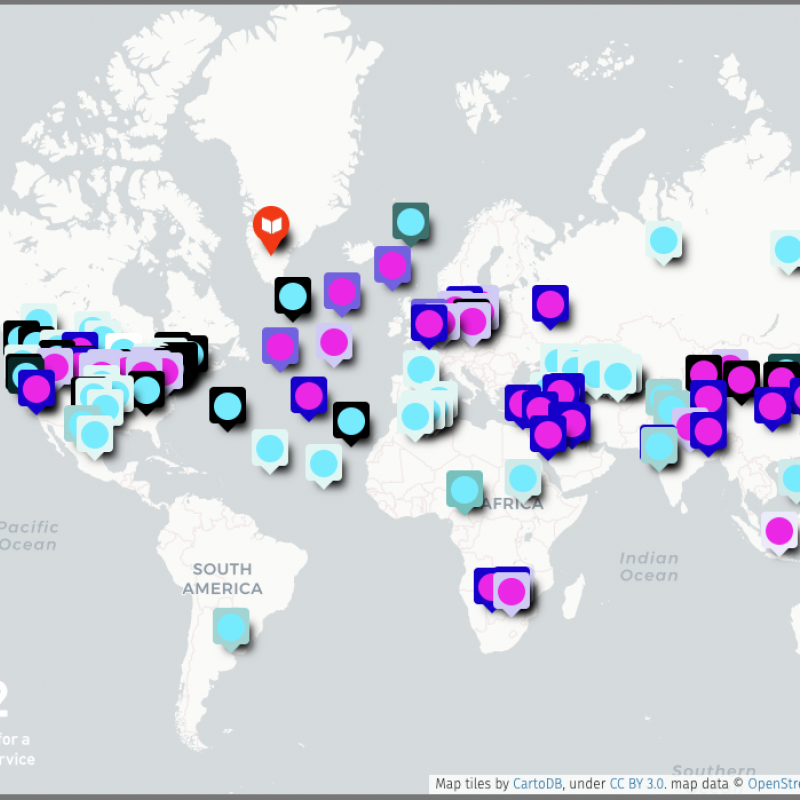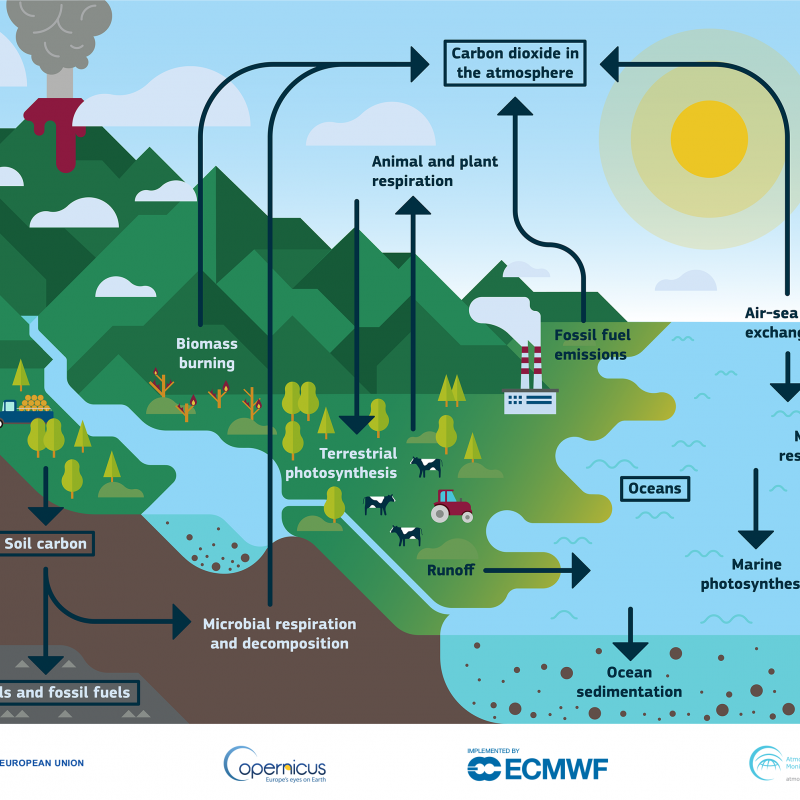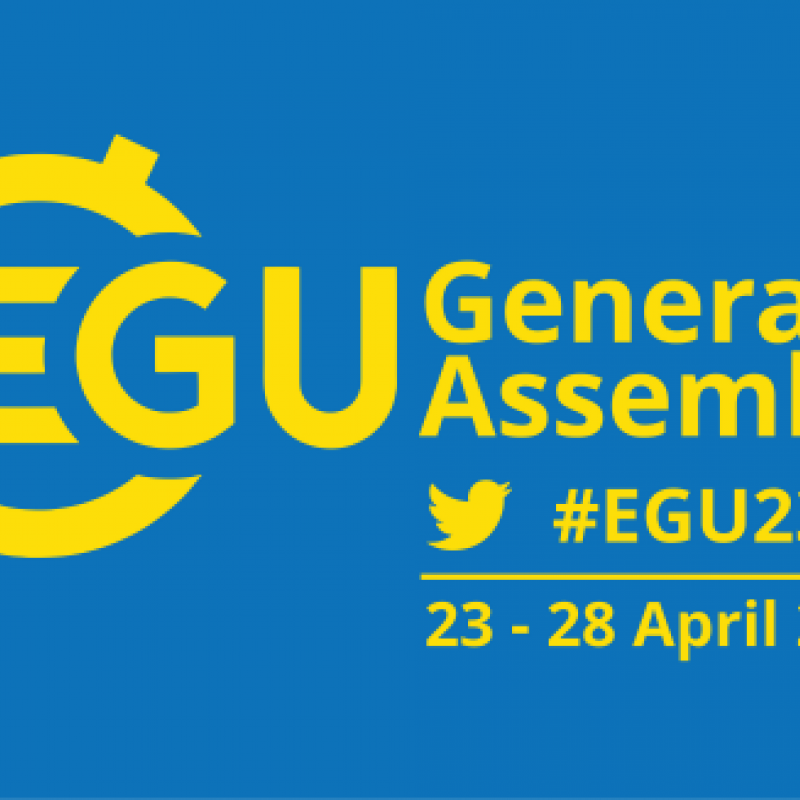Main tasks
CoCO2 is meant to deliver prototype anthropogenic CO2 emission estimation systems at global, regional and local scales.
It will prepare the ground for the use of new and highly accurate CO2 satellite monitoring capabilities, combined with means to measure NO2 as a proxy for the plumes of freshly emitted CO2 from power plants and cities.
The results of measurements will need to be linked with detailed computer models of the Earth system that represent the sources, sinks and transport of CO2 in the atmosphere.
Ultimately CoCO2 should make recommendations for the implementation of an observation-based anthropogenic CO2 emission Monitoring and Verification Support capacity (CO2MVS) as part of the EU’s Copernicus programme.
The users of the CO2MVS will be governments and policy makers, industry, the scientific community, and the public.
The CoCO2 virtual kick-off meeting on 27 and 28 January brought together around 100 participants from across Europe. “We had very constructive discussions on detailed plans for the three years ahead,” said Richard Engelen, the Project Coordinator of CoCO2, “and the European ambition to realise the challenging goal of a CO2MVS capacity was clearly illustrated by the large number of attendees.”
Building on the CHE project
CHE already made some progress in devising a method to optimally combine a range of Earth observation data with model information in a process called data assimilation. The method is known from weather forecasting as a reanalysis.
“One of the biggest challenges is to adapt current data assimilation systems to enable the use of observations over an extended period of time, connecting CO2 atmospheric concentrations to their surface sources and sinks,” says ECMWF’s Gianpaolo Balsamo, who coordinated the CHE project.




